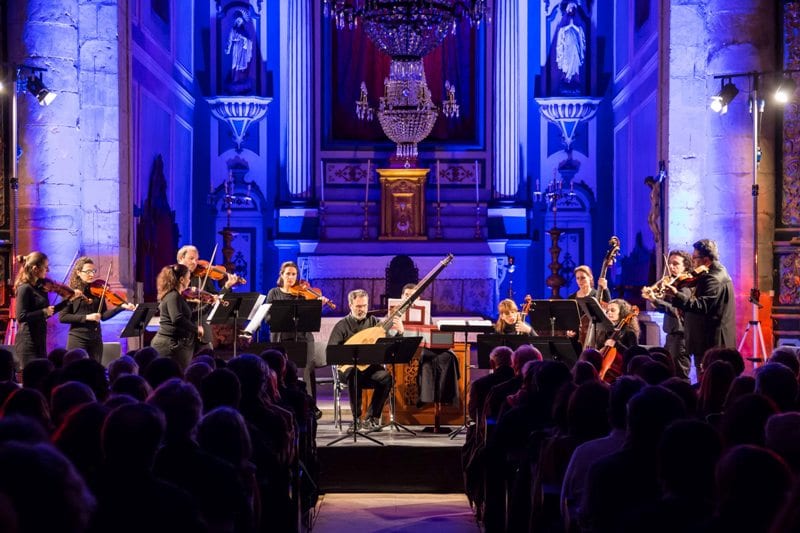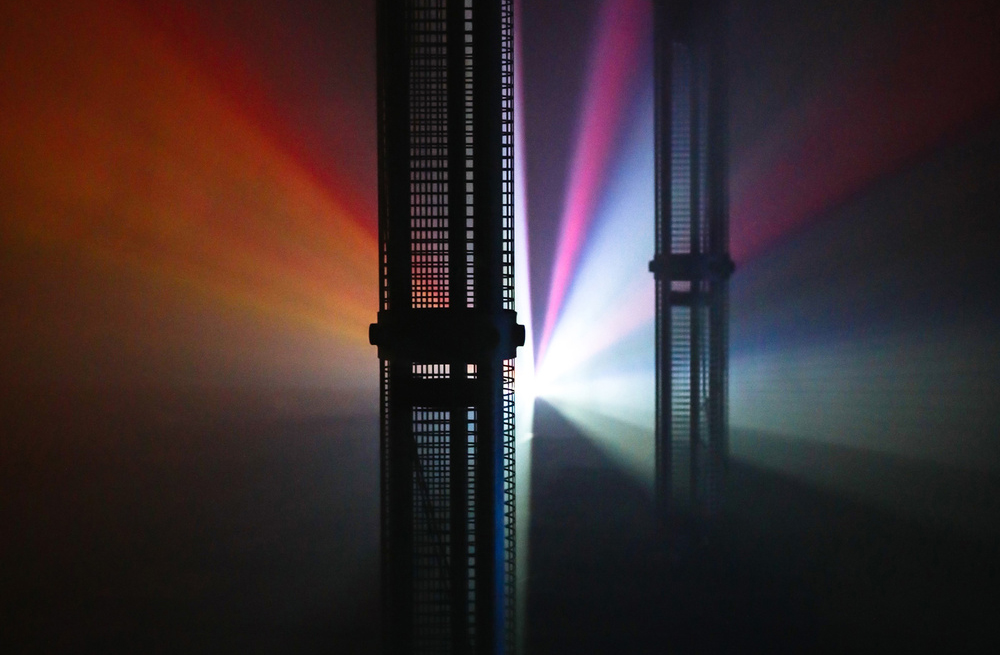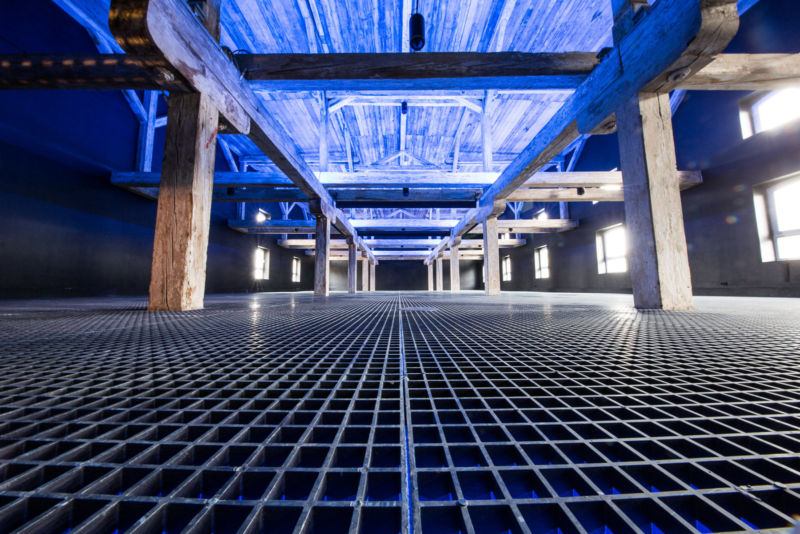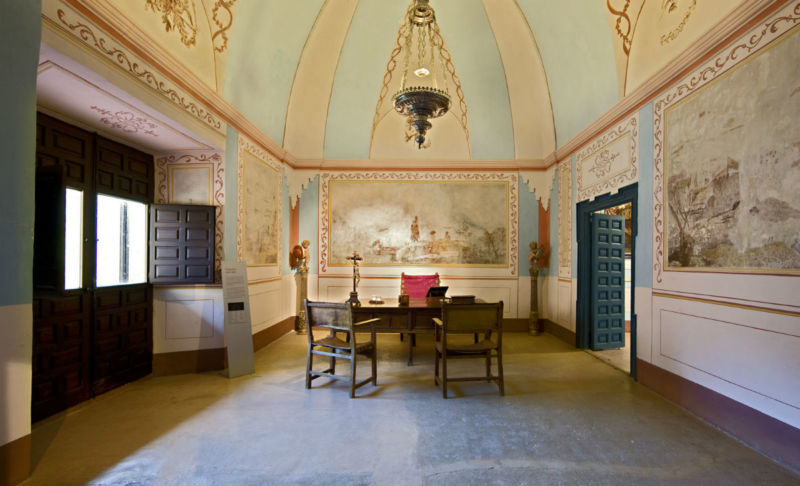WELCOME TO SONOTOMIA
The Project
SONOTOMIA – Sound Anatomy of Unique Places is a 32-month-long project supported under the Creative Europe programme, Culture sub-programme promoted by the Education, Audiovisual and Cultural Executive Agency (EACEA).
The project aims at making an analogy between the concepts of sound and cultural heritage as the values and unique characteristics of shared cultural heritage can be captured and transmitted through shared sounds; and sound can link the past with future, just as cultural heritage does. SONOTOMIA partners believe that heritage can be preserved and promoted through captured and manipulated sounds that can aspire future generations to value and cherish more the environment and culture around them. This will be achieved by raising awareness of the (un)conscious sounds from the surroundings that shape the specificities of culture in local spaces and in urban, rural, coastal, and industrial areas.
Consequently, the intention is to reflect on the presence of sound and how its consumption tailors the way human beings sense and communicate daily events. More concretely, in this project the diverse cultural values can be mirrored and established in multidimensional soundscapes that get overlapped and synchronised, which may produce an effect of pluralistic comprehensions and impressions depending on the listeners’ identities. The identity of culture is perceived according to the identity of a listener, while in this case the listener’s identity changes through time and space by interpreting listened soundscapes.
As sounds are widespread and accessible to anyone, promoting and disseminating cultural aspects through captured and modified sound elements will be the core of this project.
Therefore, the project calls upon cultural and creative professionals in order to increase their awareness, interest and competencies in coproducing and exploiting cultural outputs/products with digital core elements that apply sounds for the promotion of tangible and intangible cultural heritage. Due to the project scope and context, cultural and creative professionals denote primarily musicians and sound engineers, as well as art historians, curators and biologists, etc. linked professionally to the cultural and creative fields, especially to cultural heritage. The diversity and levels of experiences and backgrounds of cultural and creative professionals are an added value that the project will profoundly capitalise on, by promoting interdisciplinarity and exploitation of project results.
Objectives
Build capacity of cultural and creative professionals in digitisation
Build capacity of cultural and creative professionals in exploiting locally and internationally cultural programmes and outputs applying ICT technologies and digitisation
Promote long-term national and transnational collaborations between cultural and creative professionals via virtual (SONOTOMIA Digital Hub; social media tools) and physical (SONOTOMIA public events) spaces
Foster the exploitation of the cultural outputs (programmes, works of art) co-created in SONOTOMIA residencies via coaching and networking
Raise general awareness and interest of wider groups of cultural and creative professionals, and the society as a whole about the connections between sounds (soundscapes, spatial sound) and cultural heritage, as well as of the use of digitisation and ICT technologies for exploring such connections.
Expected Impact
Short-term impacts attained within the project will primarily be the following:
Increased competences of 30 – 50 professionals through the residencies and follow-up coaching activities.
Enrichment of cultural and creative offers with innovative outputs and new/alternative channels identified/explored in the labour market (min. 12 co-created cultural outputs within the residencies and at least 4 explored based on the business models).
Enhanced transnational collaborations stemming from the project (min. 4 collaborations between SONOTOMIA residents and/or with non-residents as a result of networking).
Cultural and creative professionals sensitised towards digitisation of cultural and creative works via communication, dissemination and events.
In addition, on the mid/long-term it is also expected that some of the short-term impacts are amplified. For instance, the cultural and creative offers will be further enriched with innovative outputs related to the project (e.g. by SONOTOMIA residents or other professionals that were inspired by the project outcomes), and further transnational collaborations will be initiated as a result of the project. This is also true for future collaborations between project partners. As it was referred previously, spatial sound is a yet unexplored cultural field, and a long-term impact of this project will also be placed on enhancing this field of study by the newly discovered insights, approaches and methodologies. Partners expect that through the extensive communication and dissemination activities, they will be able to bring together a larger community of professionals in Europe around the yet-to-be-examined sphere of knowledge that the project tackles. In the long term, this project contributes to inspiring others to move towards the pathway of digitisation.




